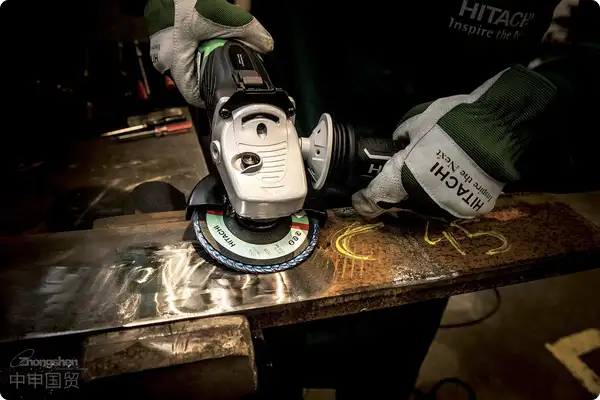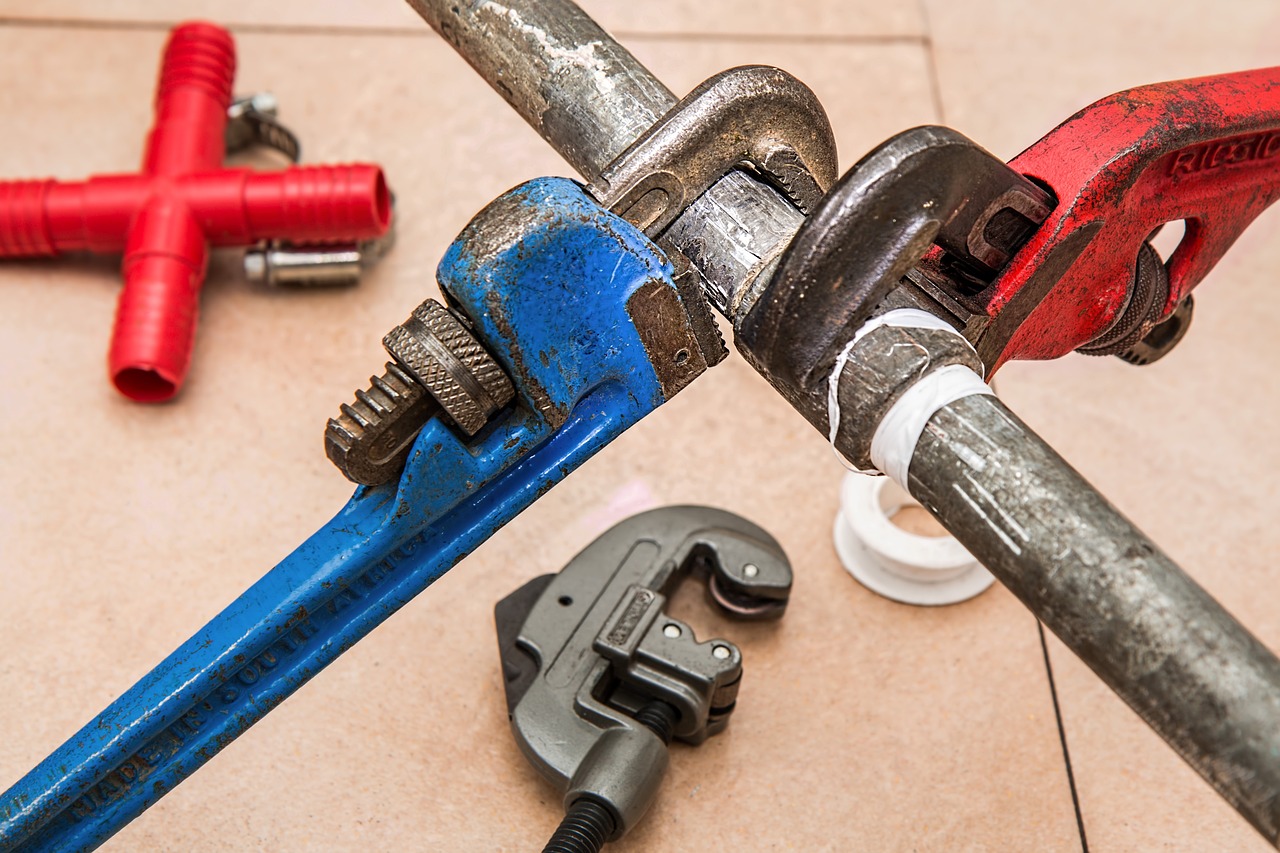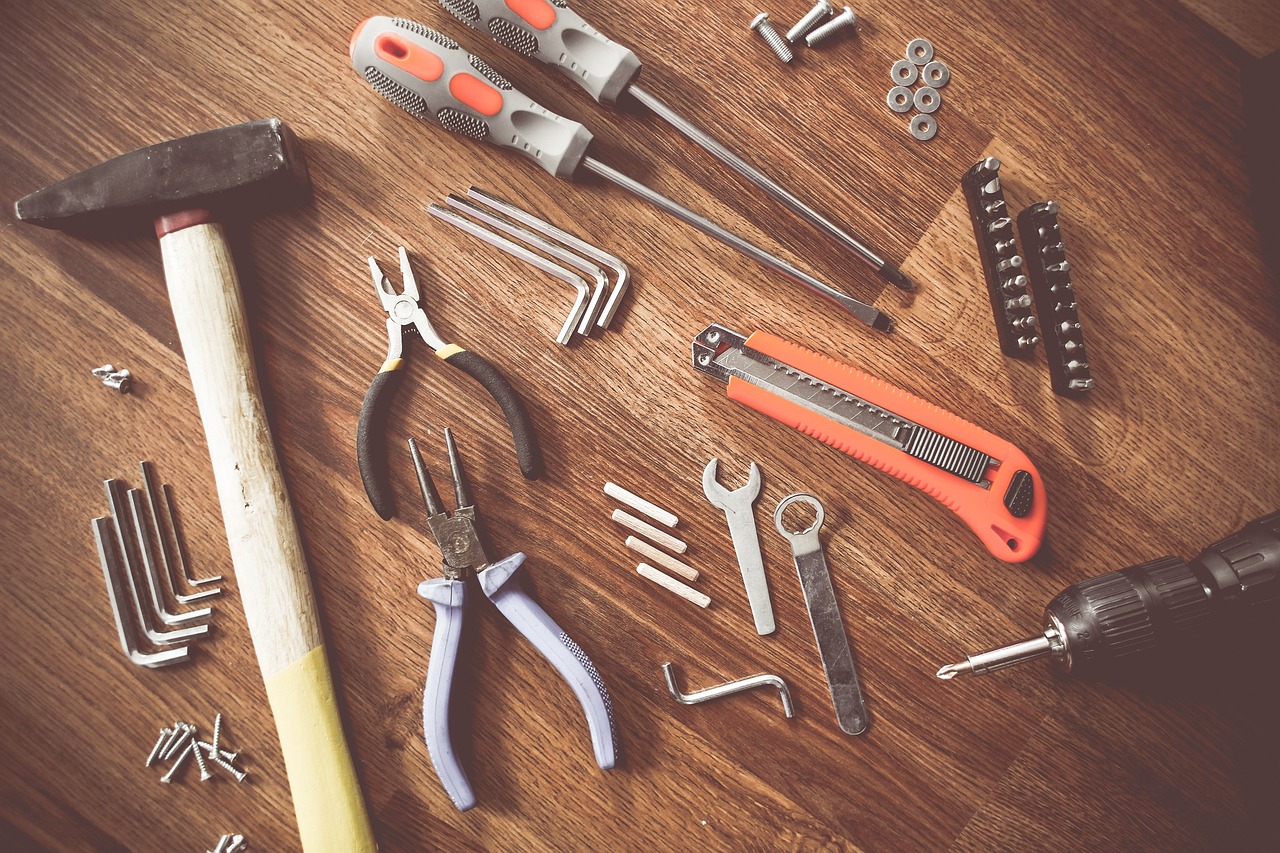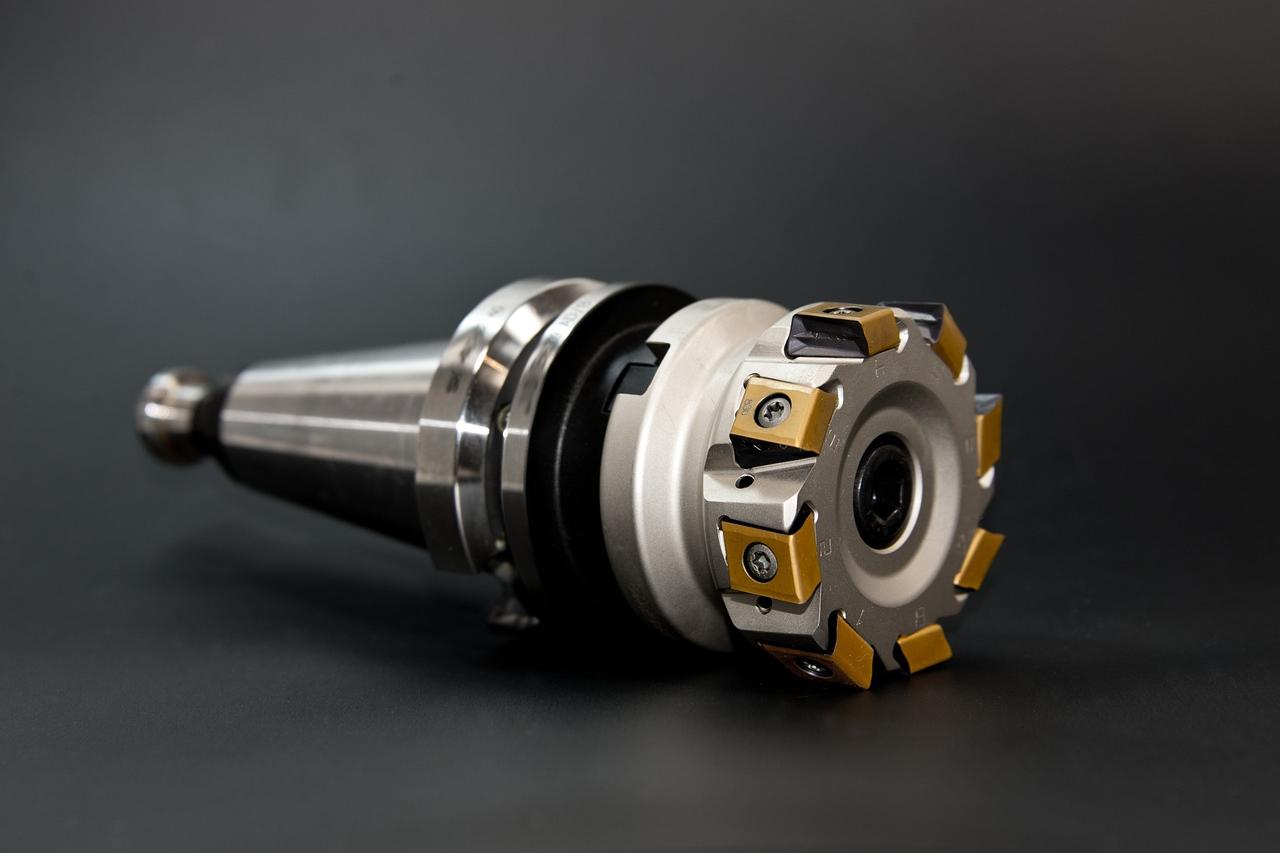- Shanghai Zhongshen International Trade Co., Ltd. - Two decades of trade agency expertise.
- Service Hotline: 139 1787 2118

Construction toolsfor containers exported to the USAgency Service Risk Mitigation Guide
Against the backdrop of accelerating global supply chain integration, the U.S., as one of the worlds largest import markets for construction tools, attracts many Chinese manufacturers and traders. However, hidden risks in market access, legal compliance, logistics, and exchange rates during export may cause significant losses to exporters. As a professionalforeign tradeservice expert with 20 years of industry experience, this article will systematically analyze the core points of clothingExport Representationservice company, we propose systematic mitigation strategies for common risks in exporting construction tools to the U.S., leveraging industry experience to help clients safely and efficiently expand into the North American market.
Contents
ToggleMarket Risks: Precise Demand Positioning to Avoid Competition Traps
The U.S. construction tool market is characterized by high demand and intense competition. According to U.S. Department of Commerce data, construction tool imports exceeded $32 billion in 2023, but Chinese products face price competition from local brands (e.g., DEWALT, Milwaukee) and Southeast Asian supply chains.
Risk Mitigation Strategies:
1.Data-driven product selection: Analyze import trends of subcategories through customs HS codes (e.g., 8467/8466 for construction machinery tools), prioritizing products with fast-growing demand and high-profit margins (e.g., lithium battery-powered tools, smart measuring instruments).
2.Differentiated certification strategy: Beyond basic FCC certification, apply for UL certification and OSHA safety standards for professional-grade tools to enhance product premium pricing.
3.Channel tiering strategy: Focus on cost-effective standard products for large retailers (e.g., Home Depot) and promote customized services for professional engineering channels to avoid price wars.
Legal Compliance Risks: Building a Full-Process Compliance Firewall
The U.S. has some of the strictest global regulations for construction tools, covering multi-dimensional compliance requirements such as product quality, environmental protection, and intellectual property.
Typical risk cases:
- Infringement claims: A Chinese wrench manufacturer had its goods detained by customs and faces litigation for 200% of the cargo value due to copying a patented U.S. anti-slip tooth design.
- EPA penalties: Diesel-powered tools were fined up to $275,000 per shipment for failing to submit emissions certification (40 CFR 89).
Key Risk Mitigation Points:
1.Intellectual Property Pre-Screening: Use USPTO database to check infringement risks for tool designs and trademarks. Obtain legal opinions before export.
2.Environmental Compliance Matrix:
- Electric Tools: Comply with TSCA (Toxic Substances Control Act) lead content limits
- Pneumatic Tools: Complete CARB (California Air Resources Board) emissions testing
- Packaging materials: Compliant with ASTM D6400 biodegradable standard
3.Response to anti - dumping.: For specific categories (e.g. steel hand tools), apply for separate rates or adjust supply chain origins in advance.
Logistics and Customs Clearance Risks: Optimizing Supply Chain Cost Models
Due to their heavy weight and high value, logistics costs for construction tools can account for 15%-25% of export prices, with U.S. customs inspection rates consistently exceeding 3.7%.
Critical Risk Control Measures:
1.to help enterprises reduce
- 20GP Container Loading Calculation: Standard electric drills (20kg/box) recommended load 800-850 units to avoid roll-off losses
- Mixed Loading Strategy: High-value smart instruments and conventional tools should be insured separately by shipment
2.Zero-error Customs Documentation - Mandatory documents: ISF 10+2 filing, FCC SDOC declaration, MSDS safety data sheet
- Price Dispute Prevention: Provide raw material purchase invoices + processing cost details to address customs valuation reviews (19 CFR 152)
3.Local Warehouse Emergency Network: Establish transit warehouses in West U.S. (Los Angeles) and South U.S. (Houston) to mitigate port strike risks.
Exchange Rate and Settlement Risks: Locking in Financial Safety Margins
The 2023 RMB-USD exchange rate fluctuation reached 8.5%, significantly impacting export profits.
Hedging Toolkit:
1.Financial Instrument Hedging: Through forwardFX Settlement Agency(locking 6-month rates) or option combinations (buying put options + selling call options) to balance costs.
2.Payment Terms Design:
- 30% advance payment (TT) + 70%L/C(LC) combination to mitigate buyer default risks
- Priority given to D/P at sight payment to reduce capital occupation cycle by 30%
3.Credit insurance coverage: Purchase China Export & Credit Insurance Corporations short-term export credit insurance to cover bad debt losses from buyer bankruptcy or political risks.
Value Empowerment of Professional Agency Services
As a service provider with 15 years of experience in China-U.S. trade,import and exportwe offer triple protection for construction tool exporters:
1.Compliance Empowerment: Localized compliance team provides one-stop services from EPA certification to 337 investigation response.
2.Professional support: Integrated with AEO-certified customs brokers across 7 major U.S. ports, reducing 15%-20% of demurrage costs.
3.Data Middle Platform: Real-time monitoring of in-transit cargo status, customs policy changes, and competitor dynamics, outputting risk alert reports.
Conclusion
The export of construction tools to the U.S. presents both blue ocean opportunities and risk challenges. By establishing a three-dimensional risk control system of compliance first + logistics flexibility + financial hedging, enterprises can significantly improve their success rate in overseas expansion. Choosing professional agents with localized service capabilities and fast risk response will become a core competitive factor in breaking into the North American market.
(This article isZhongShen International TradePublished by an import/export agency. For customized risk assessment reports or access to U.S. channel resources, please contact our expert team.
Related Recommendations
Contact Form
? 2025. All Rights Reserved. Shanghai ICP No. 2023007705-2  PSB Record: Shanghai No.31011502009912
PSB Record: Shanghai No.31011502009912










